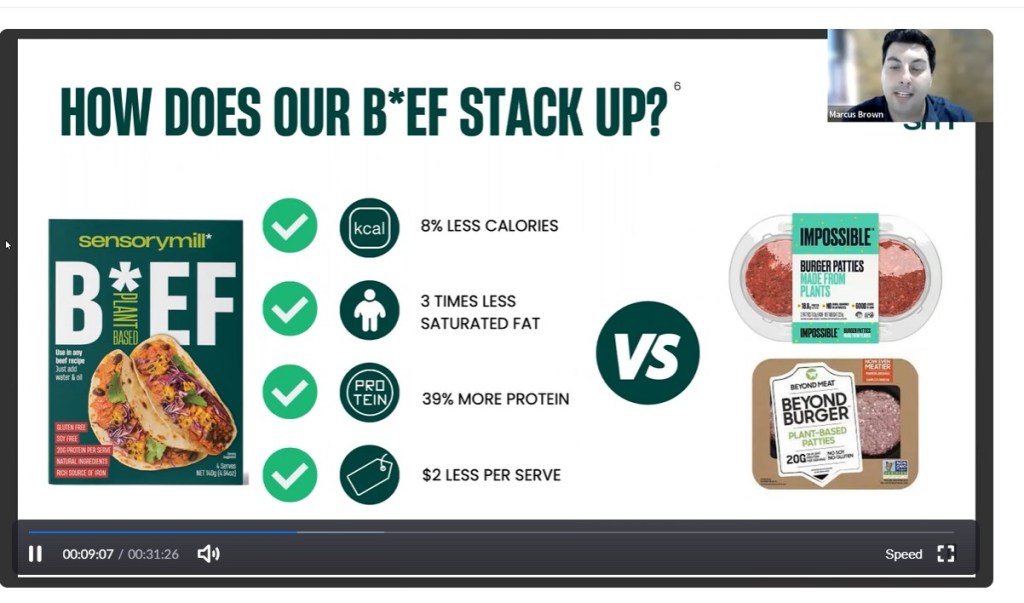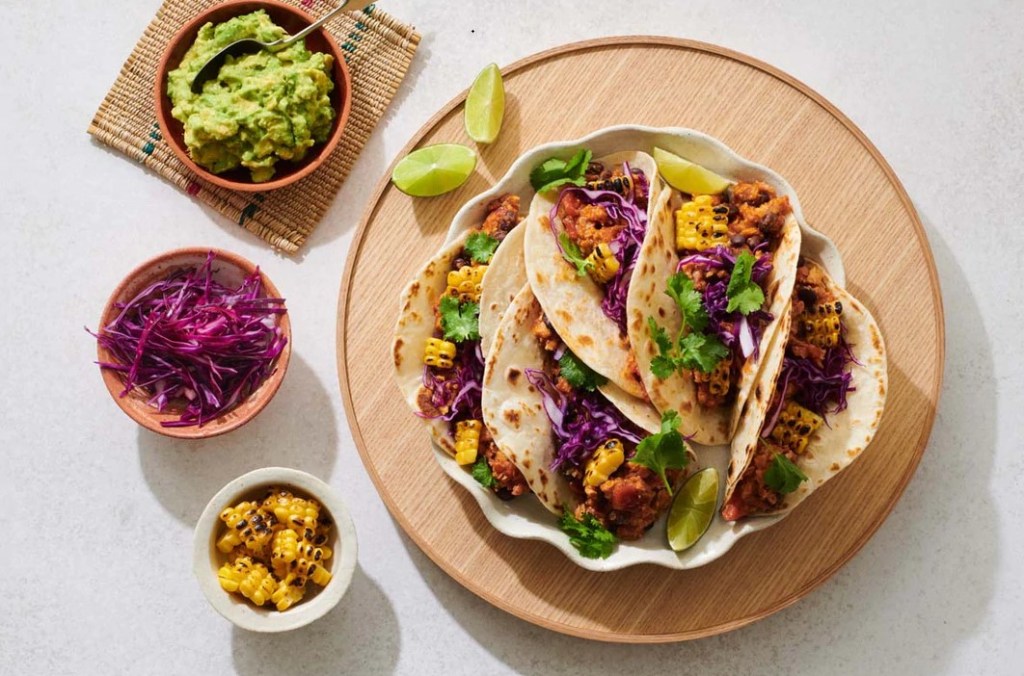A new plant-based meat range has hit the Australian market, and it’s tackled a number of obstacles that its industry peers are still working on.
Last month, Australian ASX-listed plant-based food company, Forbidden Foods, relaunched its Sensory Mill brand, including the roll-out of its new plant-based meat range.
Available via the company’s booming e-commerce channel, as well as independent retailers (and soon the large supermarket chains too), the range is also expected to attract the attention of Asian markets including Malaysia, China and Vietnam.
According to Forbidden Foods CEO, Marcus Brown, the plant-based meat sector in Australia is becoming more and more crowded, with both local and imported brands vying for pride of place on retailers’ shelves. But there are three things set the Sensory Mill range apart.

Health
For Forbidden Foods, which targets young Millennials, it was important that the new Sensory Mill range wasn’t just free from animal protein, but free from a number of common allergens too.
“Our products are predominantly using pea protein, which means we’re not actually using a soy- or wheat-based protein. So our products are fully allergen-free,” Brown said. “If people are eating meat, they’re not going to switch to a substitute that has allergens like soy or wheat; they want something that’s like-for-like in terms of the nutritional properties. And our product is the first to do that in market.”
The pea protein is sourced predominantly from Australian Plant Proteins, with the deficit supplemented by imported pea protein isolates.
The use of pea protein also means the Sensory Mill range can boast a 39 percent higher protein content when compared to leaders in the plant-based meat industry, including Beyond Meat and Impossible.
The range is also slightly lower in sodium and three times lower in saturated fat.

Flexibility
According to Brown, this is what really separates the Sensory Mill brand from its peers. Its plant-based meats are ambient products, meaning they havs a much longer shelf-life and – from a logistical perspective – can be exported far easier.
“So our plant-based meats are not only gluten-free and soy-free, but they’re also innovative in the sense that there are dehydrated products, so you add oil and water and it hydrates out to a mince-like consistency,” he said.
“What this means is, it doesn’t require refrigeration, it doesn’t require freezing and it has a two year shelf life. So it can be stored, it can be taken away, people can take it camping, it can be used for e-commerce, and it can be shipped into Asia and other markets that are really screaming out for protein, but don’t necessarily have the supply chain with frozen and refrigeration.
What’s more, the product’s mince-like format means it can be used by consumers in a wide number of applications.
“A lot of the [existing plant-based] meat products are prefabricated as a burger or a sausage or a nugget. And the problem with those is you’re really pigeon-holing that meat product into one use; you can only use it as a burger, or as a sausage. Our product is really flexible … You can make it into nuggets, into burgers, into sausages, but you can also use it in your tacos or in your san choy bow.”

Price
Competing with traditional protein sources on price is a significant obstacle for plant-based meat manufacturers, but it’s something that Sensory Mill has managed to tackle from the get-go, and according to Brown, it should only improve from here.
“So the big problem with plant-based meats is that they’re expensive. Right now, plant-based rates can be up to about $34 a kilo, which is never going to compete with traditional meats. So we’re bringing the cost of alternative plant-based meats down, and our product is significantly cheaper per kilo when compared to Beyond and Impossible and our other competitors. And the price only gets more competitive as volume goes up,” he said.
At the moment, the Sensory Mill range is retailing for $12.50 for a box which equals just over 500g of meat.
“That ends up being cheaper than the other alternatives by a fair margin. And then there’s opportunities to get that down to $9 and $7, depending on the scale.”
To stay up-to-date on the latest industry headlines, sign up to Future Alternative’s enewsletter.
Posted on:


